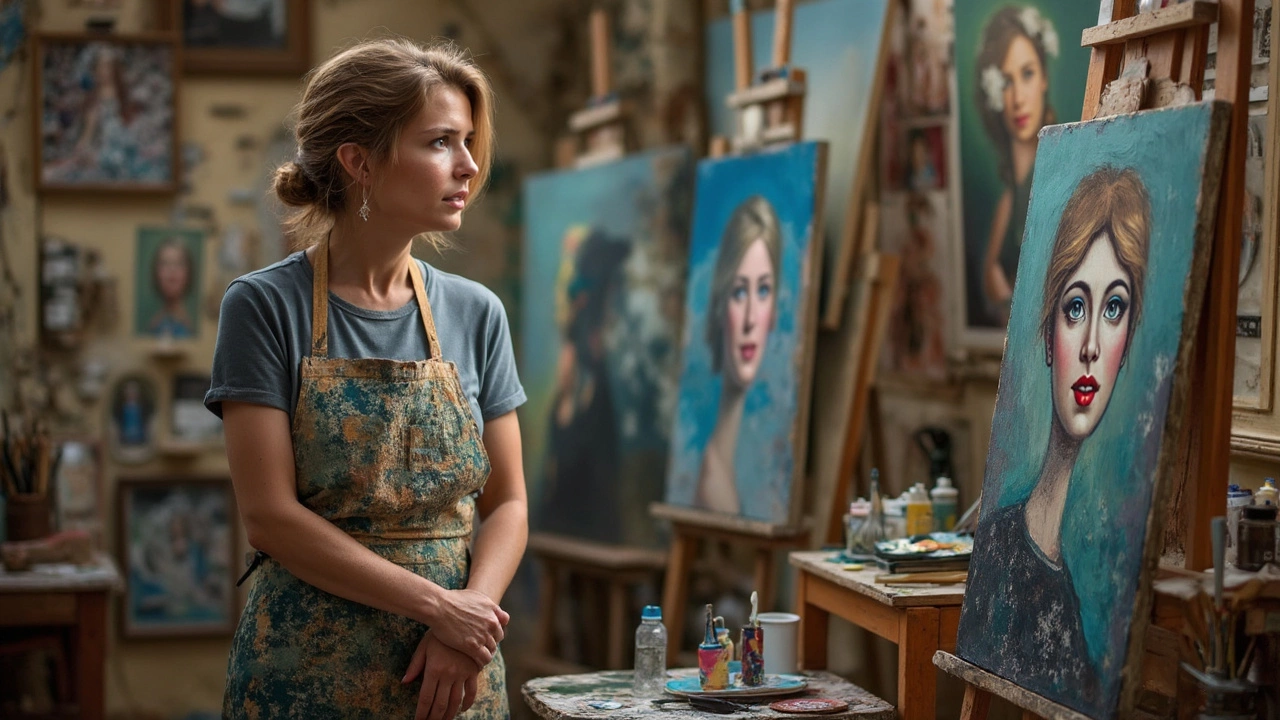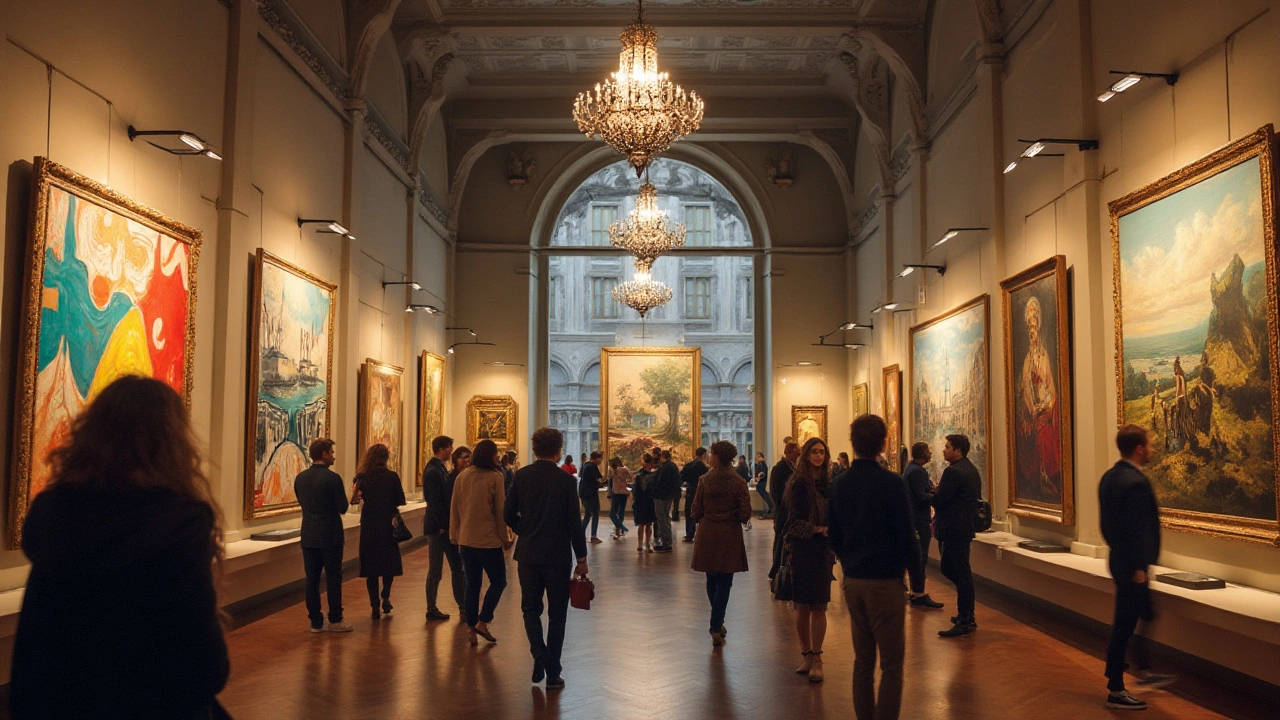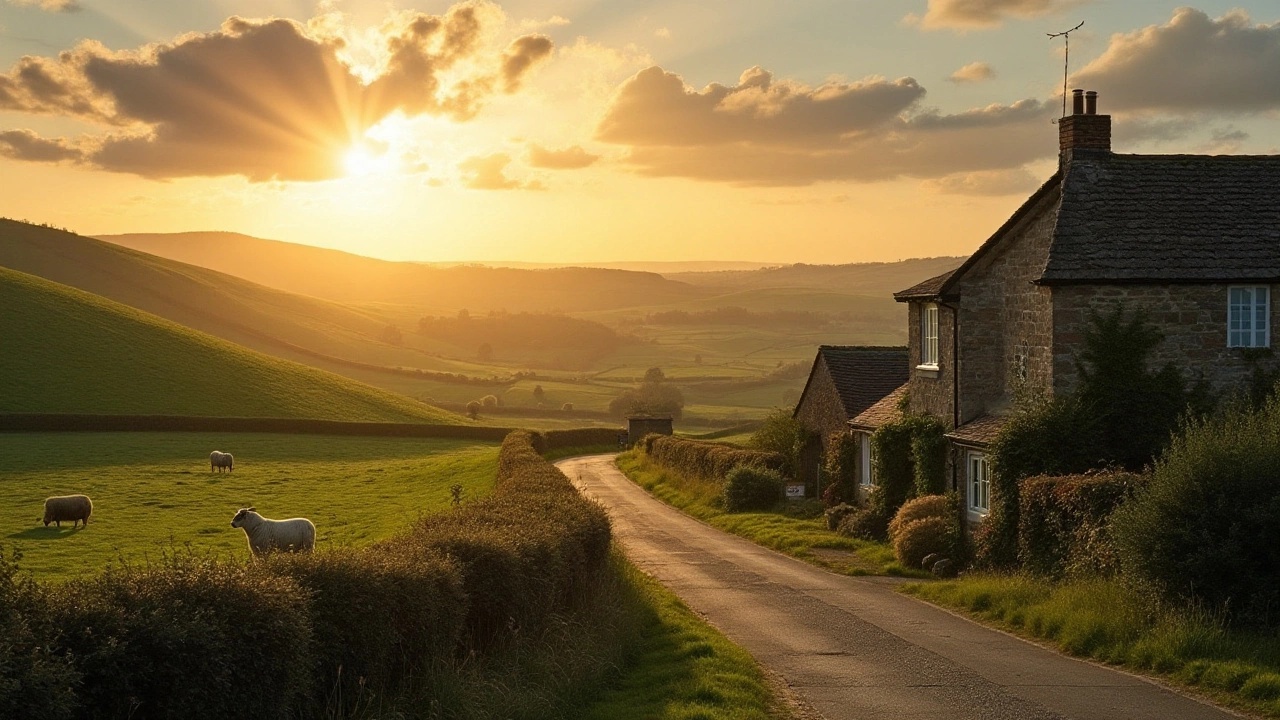Realism in Art: What It Is and How to Spot It
Realism means making art look like real life. It’s not about fantasy or abstraction – it’s about showing subjects the way they appear, with true colours, light, and texture. If you walk into a gallery and feel like you could reach out and touch the scene, you’re probably looking at realism.
Artists use realistic techniques in many mediums: oil, acrylic, watercolour, even sculpture. The key is observation. They study how light falls on a face, how a fabric folds, or how a stone surface cracks. That study then becomes the basis for a painting that feels genuine.
Everyday Tools for Creating Realistic Paintings
Most realistic painters start with a solid sketch. A good outline helps keep proportions straight before any colour is added. From there, they work in layers. Wet‑on‑wet techniques let you blend colours smoothly, while dry‑on‑dry glazing adds depth later on. If you mess up a layer, don’t panic – you can wipe, scrape, or glaze over a mistake, just like the oil‑painting repair tips suggest.
Choosing the right brushes matters too. Soft sable brushes give a smooth finish for skin tones, while stiffer hog brushes are perfect for textures like bark or fabric. Mix colours on a palette rather than on the canvas; this keeps the painting clean and makes colour matching easier.
Realism in Different Art Forms
Realism isn’t limited to paint. Sculptors often start with easy projects – think of the simplest statues you can make with clay or recycled materials. Even a humble clay bust can capture a person’s likeness if you pay attention to facial proportions and subtle creases.
Portraits are a classic playground for realism. A realistic portrait will focus on the eyes – they’re the window that draws the viewer in. Notice how the eyes follow you around a room; that’s a deliberate technique artists use to create emotional impact.
When you buy a realistic piece, look for things like accurate lighting, believable textures, and a sense of depth. Authentic giclee prints of realistic works can also hold value if they’re properly signed and printed. Knowing how to spot genuine prints can save you from scams.
Modern realism sometimes mixes with digital tools, but the core principle stays the same: represent life as it is. Whether you’re an emerging artist or a collector, understanding these basics helps you appreciate or create realistic art that truly resonates.

19 Mar 2025
Portrait painting is often associated with capturing a person's likeness, but does that mean it has to be realistic? This article explores the balance between realism and artistic expression in portraiture, providing insights and tips for artists. Discover how portraits can tell a story beyond just looking lifelike and how artists can challenge traditional views while still connecting with viewers.
Continue reading...

31 Jan 2025
Abstract art often raises the question of its realism. By examining the roots and intentions behind abstract compositions, one can appreciate its essence and relevance. This article delves into the perception of abstract art, its distinction from realism, and ways to interpret its meaning. Readers will gain insights into experiencing abstract art beyond traditional viewpoints.
Continue reading...

15 Jan 2025
Realistic landscape painting captures the world with precision and artistry, blending faithful representation with emotional depth. This art form emphasizes meticulous attention to detail, seeking to portray scenes as lifelike as possible while also invoking the sensation of being present within the landscape. Exploring the history of realism, its techniques, and evolution provides valuable insights into what distinguishes a realistic landscape from abstract interpretations. Delve into the methods used by great artists, the motivation behind their depictions, and tips on mastering this intricate form of art. Whether one is an aspiring artist or an art enthusiast, this exploration will deepen appreciation for the beauty of reality captured on canvas.
Continue reading...


